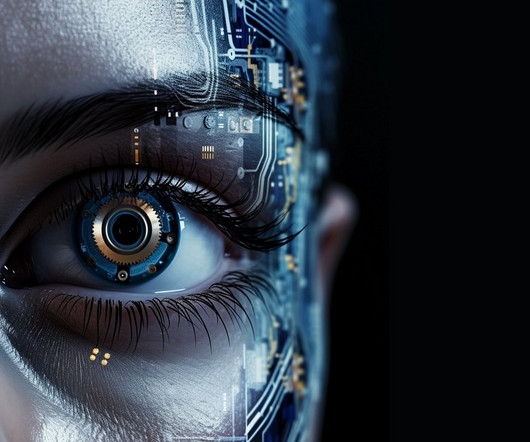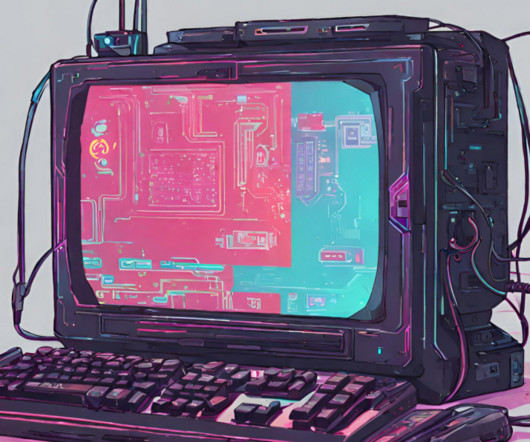Josh Feast, CEO and Co-Founder of Cogito – Interview Series
Unite.AI
JUNE 30, 2023
The Emotion AI technology that is used at Cogito was first validated by assisting healthcare providers to detect early signs of PTSD and other mental health disorders in soldiers returning from combat. In the paper, Cogito introduces a novel de-biasing technique which performs favorably relative to the baseline.












Let's personalize your content